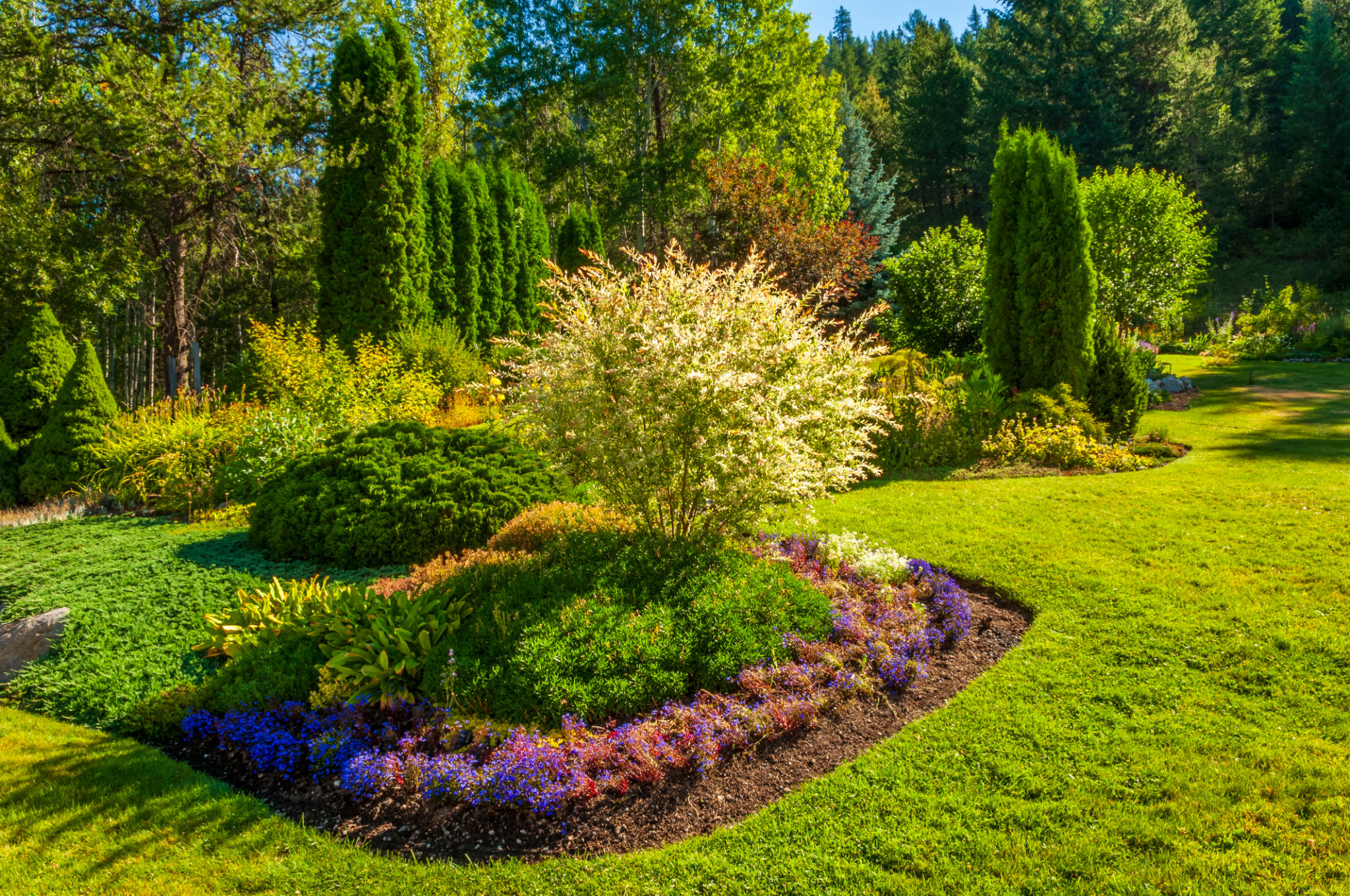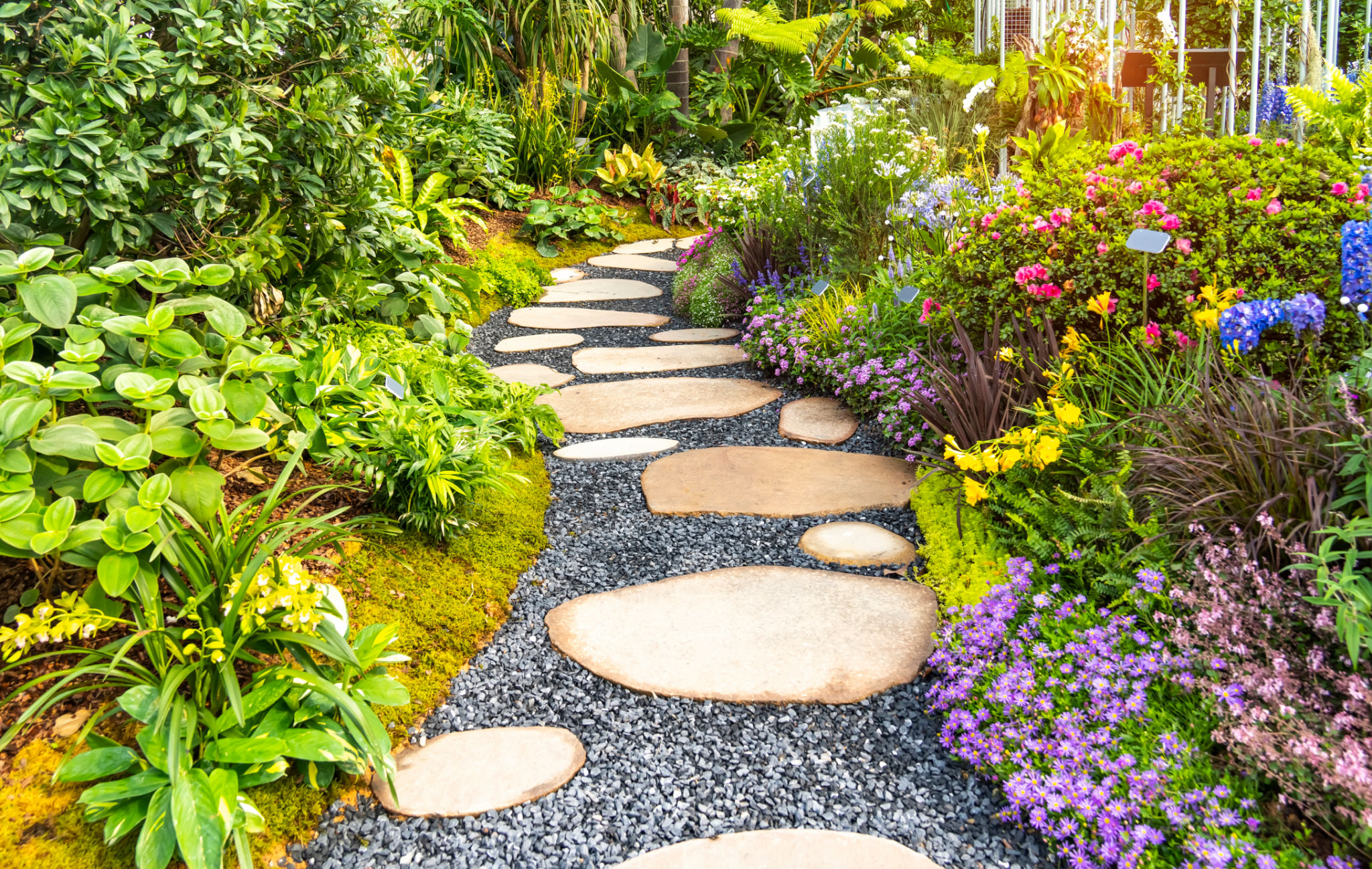DIY Garden Design: Tips for Creating a Beautiful Landscape
Creating a beautiful garden doesn't have to break the bank. With a little creativity and some DIY spirit, you can design a landscape that enhances your home and provides a peaceful retreat. Whether you're starting from scratch or revamping an existing space, these tips will guide you through the process.
Planning Your Garden Layout
The first step in any successful garden design is planning. Consider the size and shape of your space, as well as the amount of sunlight it receives. Draw a rough sketch of your garden, marking existing features and areas where you'd like to plant. This will help you visualize the final design and make adjustments before you start digging.
Choose the Right Plants
When selecting plants, it's crucial to consider your climate and soil type. Native plants are an excellent choice as they require less water and maintenance. Group plants with similar water and sunlight needs to ensure they thrive together. Consider adding a mix of perennials and annuals for year-round color.

Incorporating Hardscaping Elements
Hardscaping elements like paths, patios, and walls add structure to your garden. Use materials that complement your home's architecture and blend with the natural surroundings. Gravel, brick, and stone are popular choices that offer durability and aesthetic appeal.
DIY Pathways
Creating a pathway can be a simple weekend project. Use stepping stones, gravel, or mulch to define walkways. Not only do paths guide visitors through your garden, but they also help prevent soil compaction in planting areas.

Adding Water Features
Water features bring tranquility and attract wildlife to your garden. From simple birdbaths to elaborate ponds, there is a range of options to suit your budget and skill level. Consider installing a small fountain for soothing sounds that mask urban noise.
Easy DIY Water Feature Ideas
If you're new to water features, start with something simple like a container water garden. Choose a large pot, add aquatic plants, and introduce a solar-powered pump to create movement.

Finishing Touches
The final step in creating a beautiful landscape is adding personal touches. Garden art, such as sculptures or wind chimes, can reflect your personality and style. Lighting is another essential element that enhances the mood and functionality of your garden after dark.
Sustainable Practices
As you design your garden, consider incorporating sustainable practices like composting and rainwater harvesting. These not only benefit the environment but also reduce maintenance costs. Mulching is another eco-friendly practice that conserves water and suppresses weeds.
With these tips in mind, you're well on your way to creating a stunning garden that you can enjoy for years to come. Remember, the key to successful DIY garden design is planning, creativity, and patience. Happy gardening!
